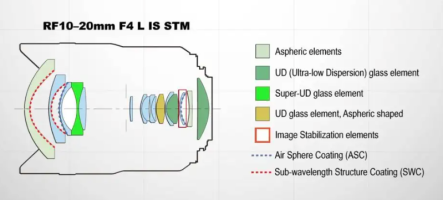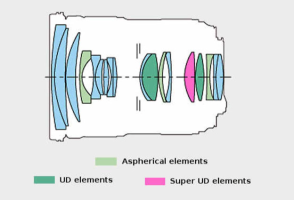Been exploring crop sensors for a bit now and only recently, I decided to give a try on the older Efs15-85 having realized that I didn't use so much the reach part of my 18-135.
And I wanted to try out this 15-18mm range to get an idea of what it would look like with a more traditional 24mm on a full frame camera.
In my use case, I was a bit surprised at how wide 15mm actually is and that it almost nullified the need for a dedicated UWA lens.
I ended up thinking about why it was the only lens on Canon crop systems to achieve that 15mm at the wide end, a field of view that seemed really like a staple to me on full frame cameras.
Attempting to look up a bit, I discovered that there actually were a lot of 28mm-X on older EF lenses through the ages. I would not have bet on it given the number of 24-X zooms on mirrorless systems and the compromises around the development of a recent 28-70mm to achieve a better aperture.
I was curious to ask here to some much more well versed in optics history what made this 24mm range something that normal on full frame in recent times but didn't on crops sensors
All thoughts appreciated
And I wanted to try out this 15-18mm range to get an idea of what it would look like with a more traditional 24mm on a full frame camera.
In my use case, I was a bit surprised at how wide 15mm actually is and that it almost nullified the need for a dedicated UWA lens.
I ended up thinking about why it was the only lens on Canon crop systems to achieve that 15mm at the wide end, a field of view that seemed really like a staple to me on full frame cameras.
Attempting to look up a bit, I discovered that there actually were a lot of 28mm-X on older EF lenses through the ages. I would not have bet on it given the number of 24-X zooms on mirrorless systems and the compromises around the development of a recent 28-70mm to achieve a better aperture.
I was curious to ask here to some much more well versed in optics history what made this 24mm range something that normal on full frame in recent times but didn't on crops sensors
All thoughts appreciated


